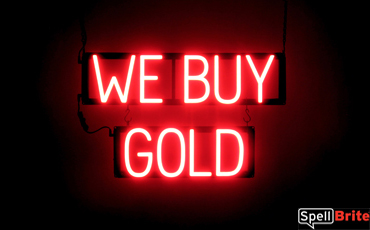Identifying the Real Value of Your Jewelry Collection for a Profitable Exchange
Wiki Article
As it relates to retailing jewelry, understanding its true value is crucial to securing a successful sale. Ornaments can hold substantial emotional and monetary value, so knowing how to assess its valuation can help sellers make knowledgeable decisions. Various elements impact the price of ornaments, including the materials used, designer prestige, market demand, and general state of the item. By taking into account these aspects, sellers can ensure they determine a appropriate valuation that reflects the jewelry’s genuine value.

An initial stage in establishing the value of ornaments is recognizing its components. Most jewelry is made from valuable alloys like gold, the white metal, or platinum. The fineness of these materials, measured in carats for the precious yellow metal and as a proportion for silver and platinum alloy, is crucial in valuation. In addition, gemstones such as brilliants, green gems, or sapphires enhance the overall worth of a piece. Characteristics such as the size, color, transparency, and cut of stones are essential when evaluating their value. Comprehending these aspects enables owners to better estimate what their jewelry might be valued at on the market.
Another critical aspect to evaluate is the brand or maker of the jewelry. Renowned names often demand higher prices because of their reputation for excellence and craftsmanship. As an example, pieces crafted from established creators or high-end labels may have a higher valuation compared to comparable items from obscure makers. Enthusiasts and buyers often pursue specific brands for their financial appeal and desirability. Therefore, examining the heritage and industry standing can provide important insight regarding pricing strategies.
Market demand also has major influence in determining jewelry's value. Trends in style can strongly affect what kinds of pieces are favored at any given time. Specific designs may be buying and selling precious metals highly desired during specific seasons or events, impacting how much buyers are prepared to spend. It is important for owners to remain aware of present trends and market conditions to take knowledgeable choices about when best to sell their ornaments. Seeking advice from professionals or evaluators can provide guidance into what pieces are in demand, assisting owners maximize their return.
Finally, the condition of the jewelry must be evaluated before attempting to sell it. Items that are properly cared for and free from damage will generally command better offers than those that display visible use or need repairs. Cleaning and restoring jewelry can enhance its appearance and increase its marketability. In addition, having authentic boxes or official documentation for precious stones can further raise worth. Sellers should always be transparent about the state of their visit pieces when presenting them to potential buyers.
In conclusion, determining the true value of jewelry involves a comprehensive understanding of its components, brand reputation, market demand, and overall condition. By carefully assessing these elements, individuals can set fair prices that reflect their jewelry's worth while attracting potential buyers. A well-informed approach not only ensures a successful sale but also allows sellers feel confident in their valuation choices. Whether planning to resell a treasured ancestral piece or an asset item, taking the time to assess its true value is crucial for securing rewarding results in the marketplace.